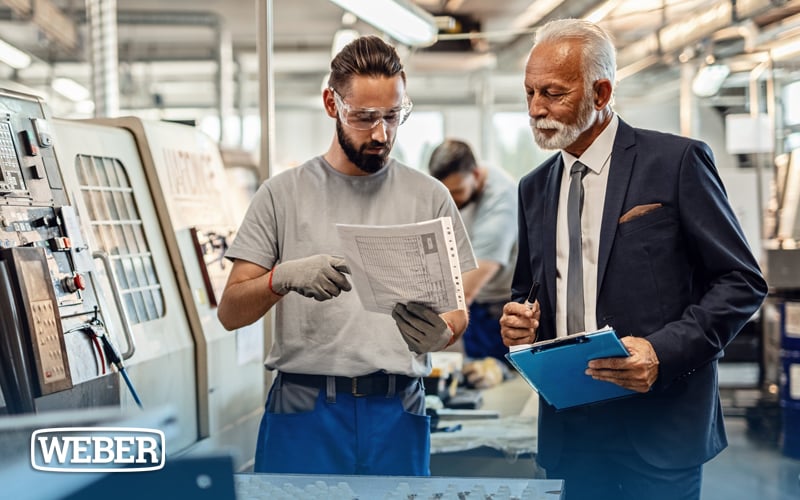2 min read

Subscribe to stay up-to-date on our latest news and educational content!
By: Michael Rabasco May 21, 2025 10:00:00 AM

In today’s fast-paced manufacturing landscape, staying competitive means embracing innovation—and for many companies who struggle with the current labor shortage issues, that starts with automation. Whether you're assembling electronics, appliances, or automotive components, automating this repetitive, labor-intensive task can boost productivity, improve consistency, and reduce errors. But, we do understand that taking that first step into automation can be a scary one.
Taking that first step, though, can set your company on the path to greater efficiency and long-term success, and we can help you down that path by designing for automation.
We are seeing a lot, since the pandemic, a labor shortage. We are getting a lot of calls over the last few years for processes that have been completely manual over the last 15 or 20 years or even longer.
With the workforce issues that are still occurring today, they are looking for ways to automate. They may be a little scared to go to full-on automation; a full system with a robot or something like that. So their first step into automation may be one of our handheld systems.
The issue with that sometimes is that this process has been done the same way and so manual for so long that the parts aren’t well designed for any type of automation. One of the things we pride ourselves on here at WEBER is being able to help them design for automation.
With all the knowledge here in the building, we can take a look at their parts, their screws, and recommend small changes that will help them take that first step into automation.